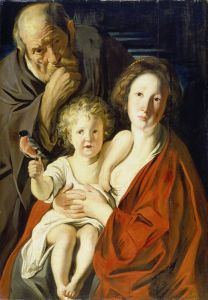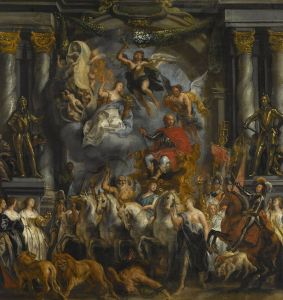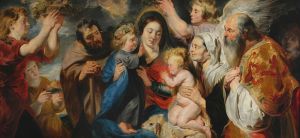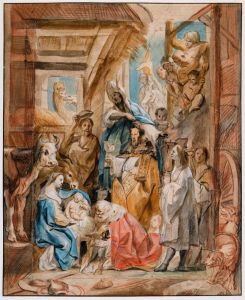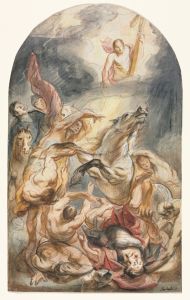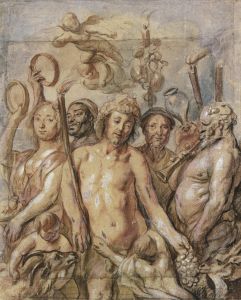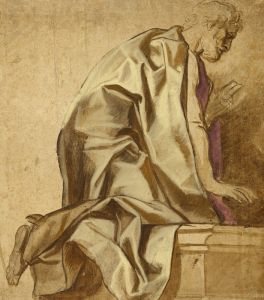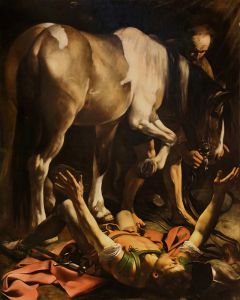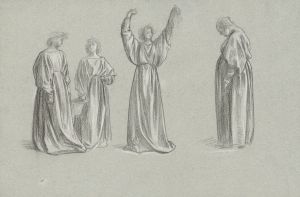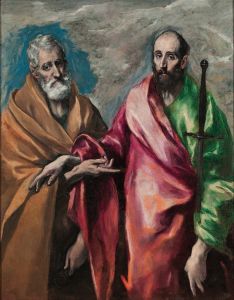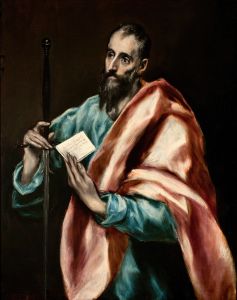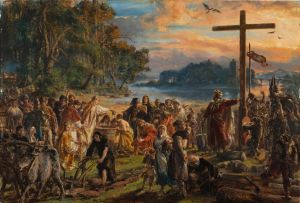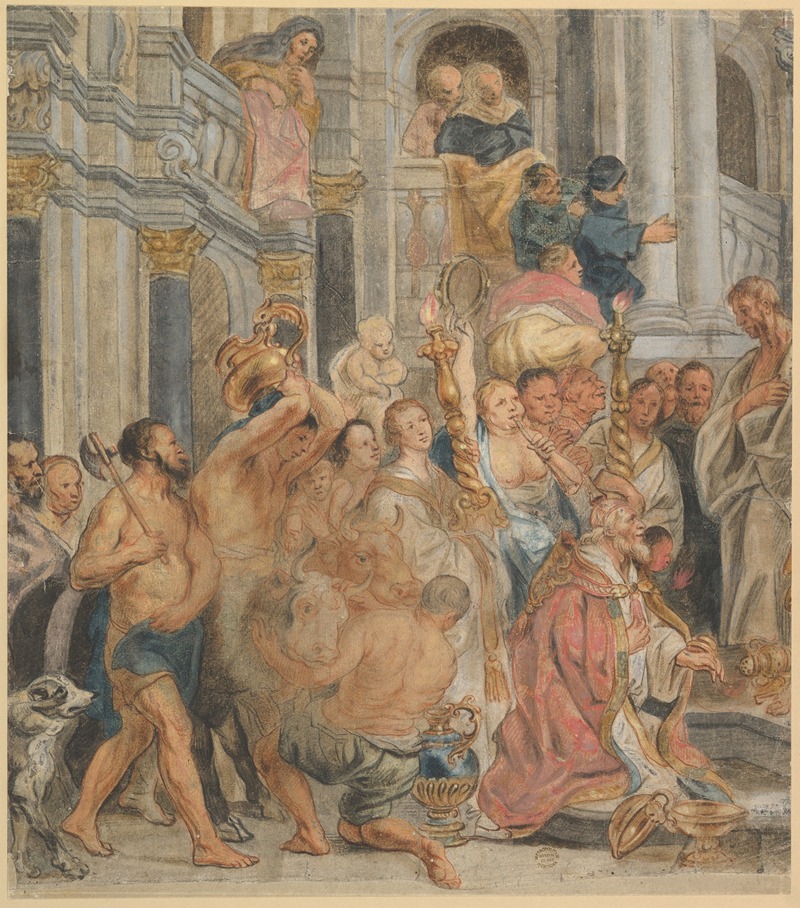
Saint Paul at Lystra
A hand-painted replica of Jacob Jordaens’s masterpiece Saint Paul at Lystra, meticulously crafted by professional artists to capture the true essence of the original. Each piece is created with museum-quality canvas and rare mineral pigments, carefully painted by experienced artists with delicate brushstrokes and rich, layered colors to perfectly recreate the texture of the original artwork. Unlike machine-printed reproductions, this hand-painted version brings the painting to life, infused with the artist’s emotions and skill in every stroke. Whether for personal collection or home decoration, it instantly elevates the artistic atmosphere of any space.
"Saint Paul at Lystra" is a notable painting by the Flemish Baroque artist Jacob Jordaens, who was one of the leading painters of the 17th century in the Southern Netherlands. Jordaens, known for his vibrant use of color and dynamic compositions, was a prominent figure in the Antwerp art scene, alongside contemporaries such as Peter Paul Rubens and Anthony van Dyck.
The painting depicts a scene from the Acts of the Apostles in the New Testament, specifically Acts 14:8-18. This biblical narrative describes the visit of Saint Paul and Barnabas to the city of Lystra, where Paul heals a man who had been lame from birth. The miraculous healing leads the people of Lystra to believe that Paul and Barnabas are gods in human form, calling them Hermes and Zeus, respectively. The painting captures the moment of confusion and the apostles' subsequent efforts to convince the crowd of their human nature and redirect their worship towards the Christian God.
Jordaens' interpretation of this scene is characterized by his typical Baroque style, which includes dramatic lighting, expressive figures, and a sense of movement. The composition is likely to be filled with a multitude of figures, each reacting differently to the miracle they have witnessed. The artist's skill in rendering human emotion and interaction is evident in the varied expressions and gestures of the crowd, which convey a range of responses from awe to skepticism.
The use of color in "Saint Paul at Lystra" is another hallmark of Jordaens' work. His palette often includes rich, warm tones that enhance the emotional intensity of the scene. The play of light and shadow adds depth to the composition, drawing the viewer's eye to key elements of the narrative, such as the figure of Saint Paul and the healed man.
Jordaens was known for his ability to convey complex theological themes through accessible and engaging imagery. In "Saint Paul at Lystra," he not only illustrates a biblical story but also explores themes of faith, misunderstanding, and the power of divine intervention. The painting serves as a visual sermon, encouraging viewers to reflect on the nature of belief and the importance of recognizing true divinity.
While Jordaens was heavily influenced by Rubens, his work is distinguished by a more robust and earthy quality. His figures are often more solidly built, and his compositions, though dynamic, tend to be more grounded. This approach can be seen in "Saint Paul at Lystra," where the figures are rendered with a sense of weight and presence that anchors the dramatic action.
"Saint Paul at Lystra" is a testament to Jordaens' mastery of the Baroque style and his ability to convey complex narratives through art. The painting remains an important example of 17th-century Flemish religious art and continues to be studied for its artistic and historical significance.





